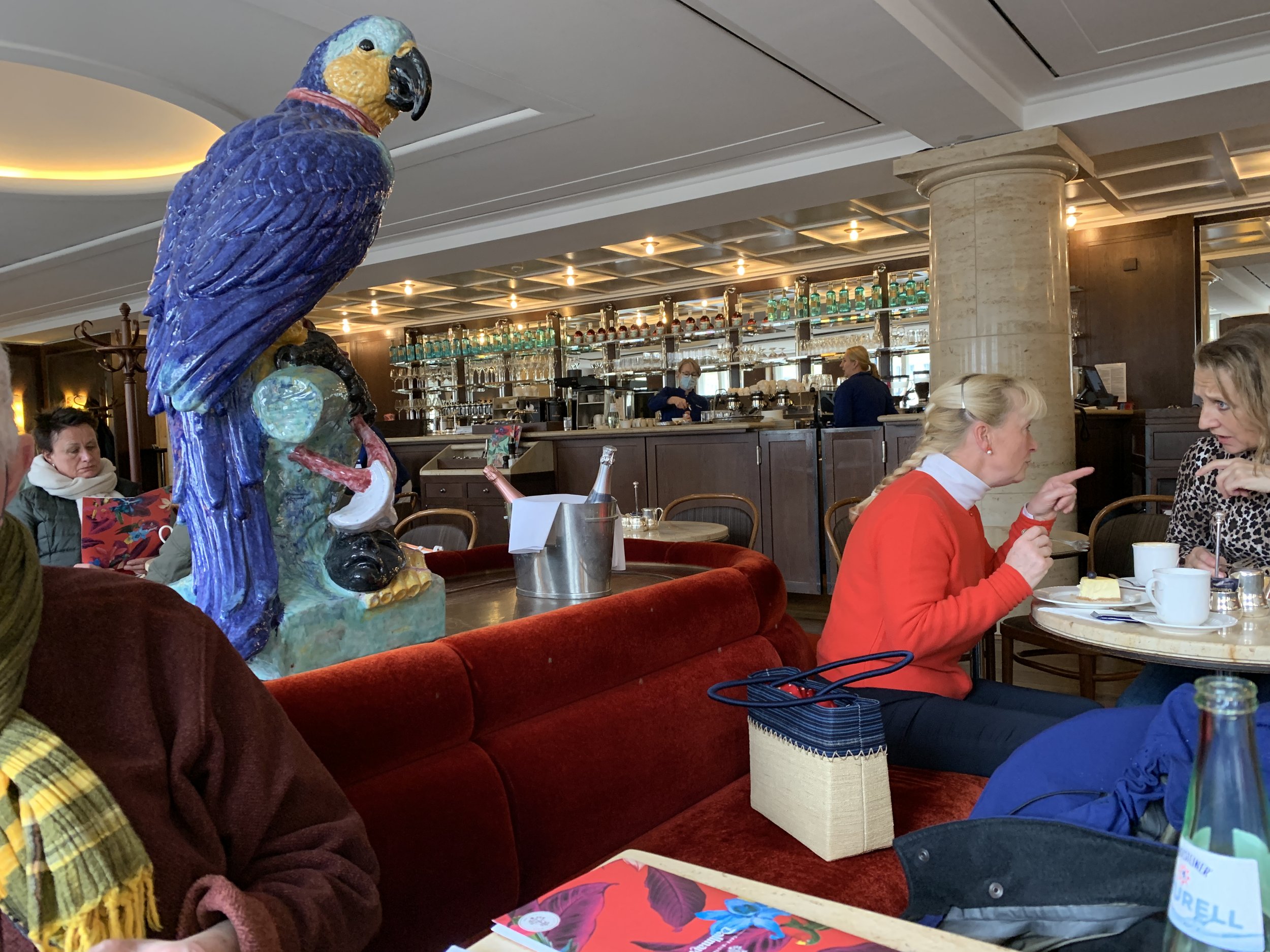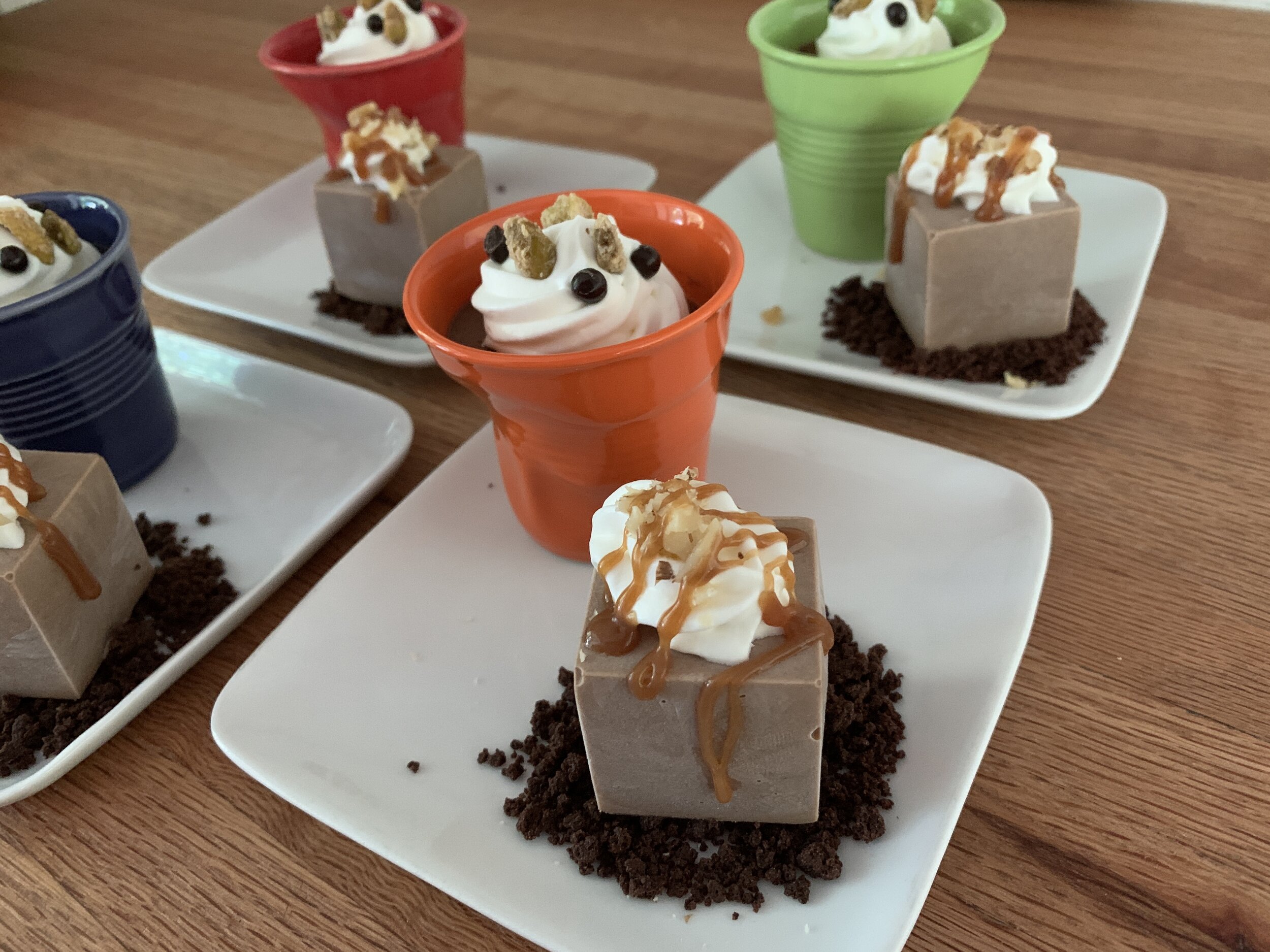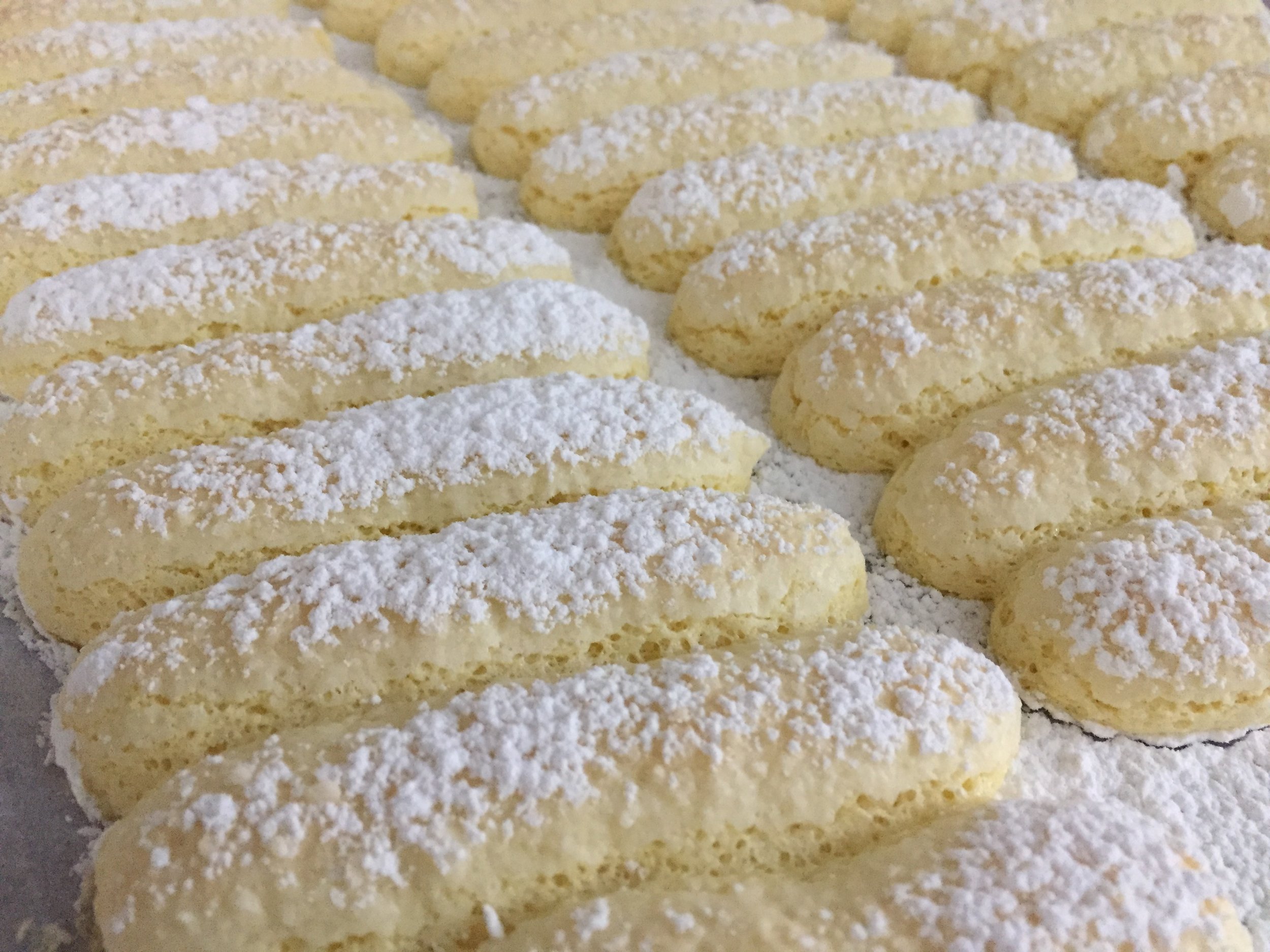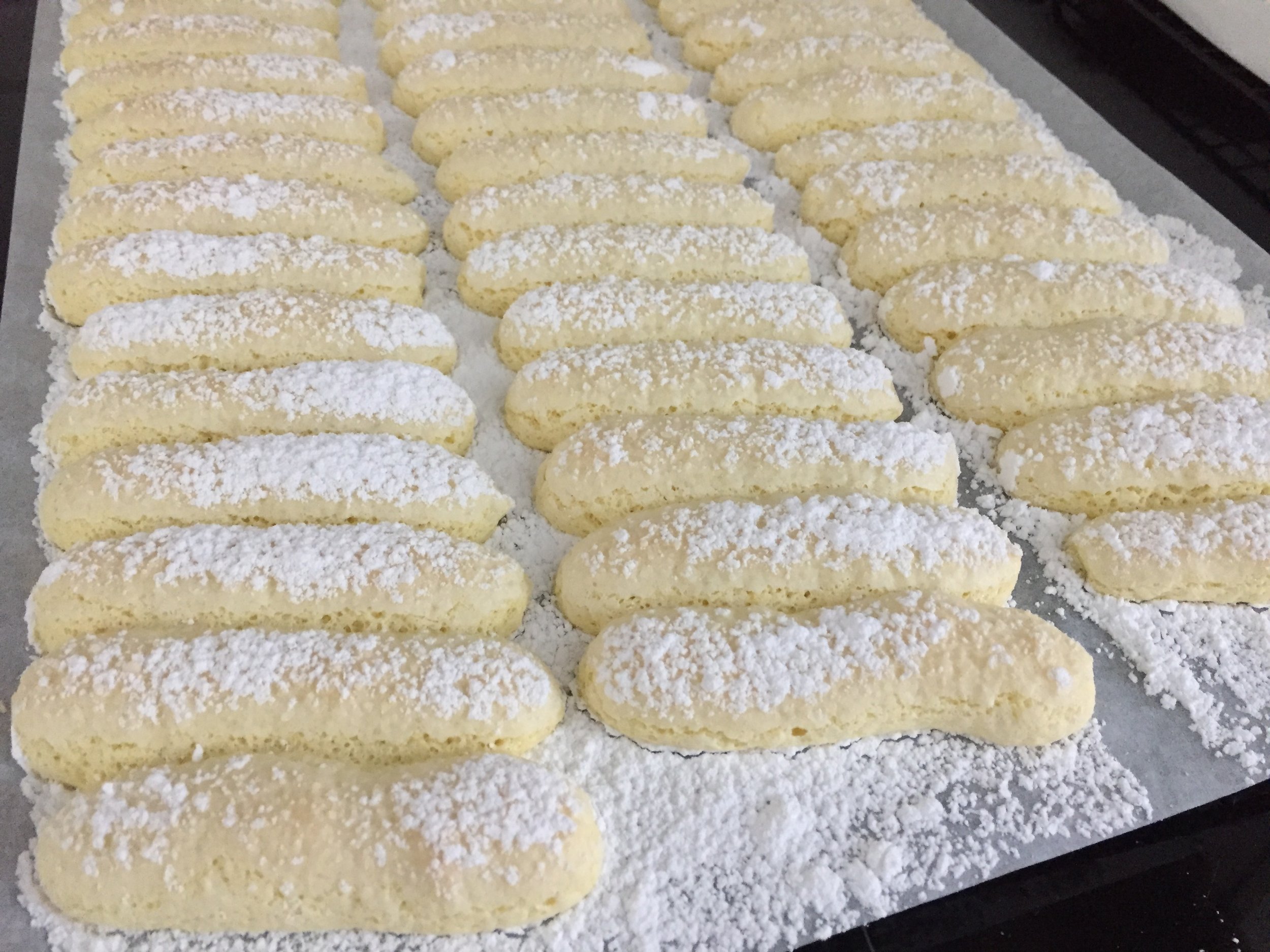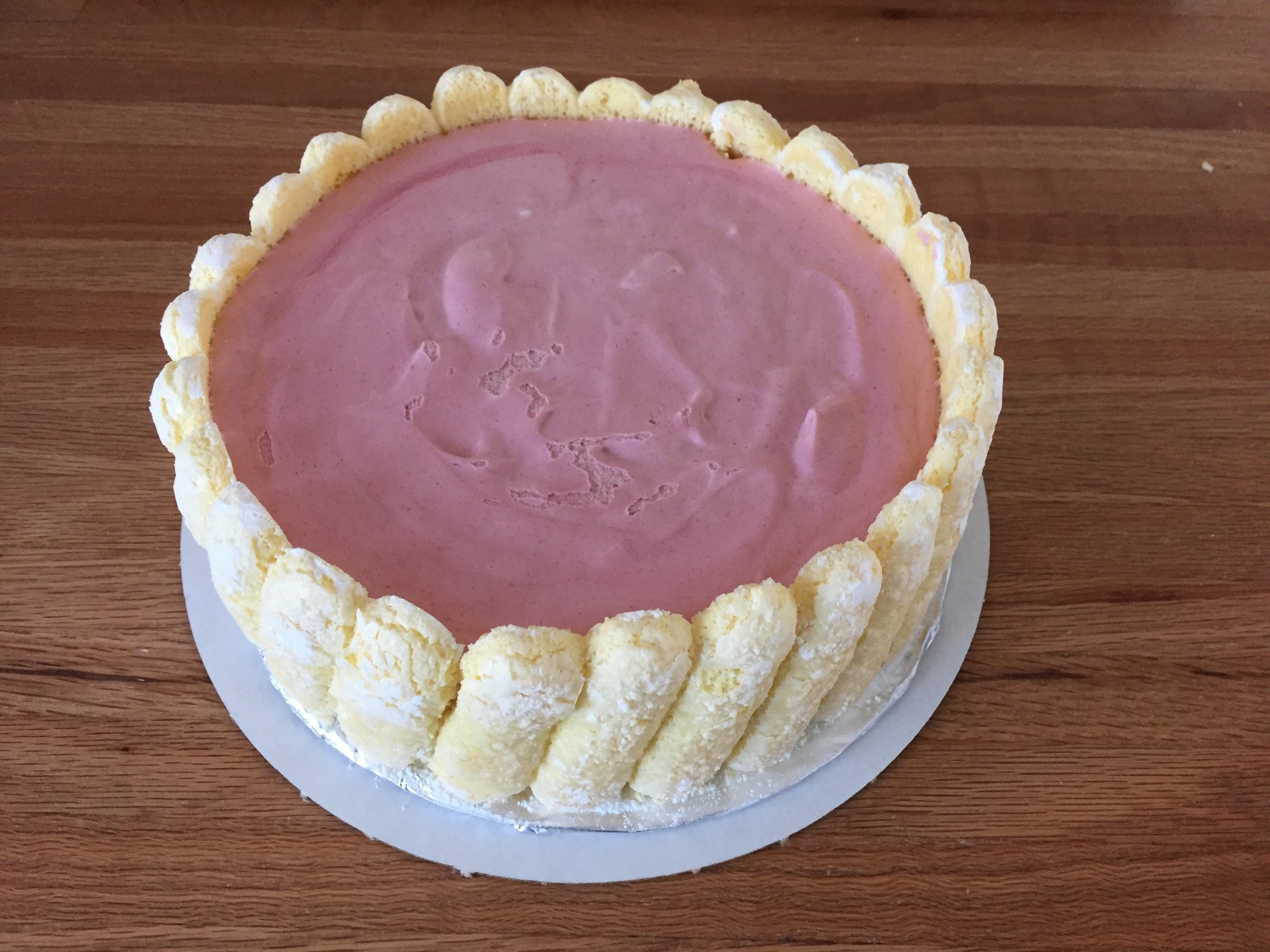Dallmayr cafe and delicatessen
/Festooned with blossomed branches for spring, this famous Munich foodie space has been around since 1700. A bustling delicatessen, cafe/bistro, bar/grill and fine dining spot (which reopens September, 2022), Dallmayr attracts locals and travelers alike throughout the year.
After a sobering and rainy visit to Dachau that morning and always in search of a delicious lunch/coffee/pastry experience, we decided to give the cafe a try. Located upstairs, it offers comfortable seating, attentive staff and an all around welcoming vibe. We had a big blue ceramic parrot as our nearby companion.
Even though mask mandates have been lifted for the most part, many folks still mask in indoor public environs, and it’s required on all public transportation and in buildings the likes of museums and government related locales. But when it’s time to eat and drink, the masks come off! Looking around one can just tell that people are so happy to be out and about with family and friends again.
For our lunch Steve chose vitello tonnato, one of his favorite Northern Italian dishes and I went for quiche Lorraine. The dark, seeded rye and traditional baguette in the accompanying bread basket were deelish and our Sancerre was none too shabby either.
If in the mood for dessert, one can go peruse the pastry case for the day’s selections.
Tortes, tartes, kuchens, strudels oh my!
Given the recent apfelstrudel class I attended in Salzburg, that was my choice hands down. Available with ice cream or crème anglaise, I chose the latter along with the requisite afternoon cappuccino of course.
Warmed with flaky pastry, vanilla scented sauce, lightly sweetened cinnamon apple filling - I give it a thumbs up!
After a bit of post lunch relaxing we headed downstairs and wandered a bit through the deli/food hall area very reminiscent of Paris’ famous Fauchon.
Another pastry case caught my eye
Lovely time spent in a lovely location - how fortunate we are.
Leaving you with these classic European floral shop scenes, take care until next time and happy spring!


